

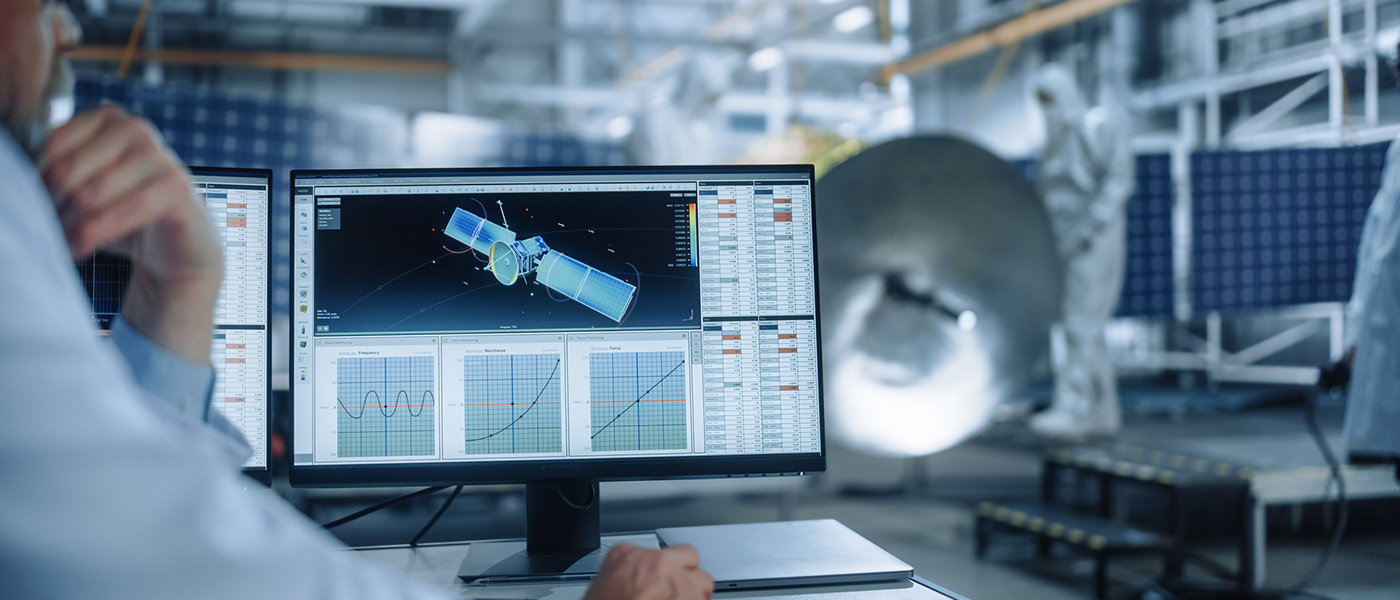

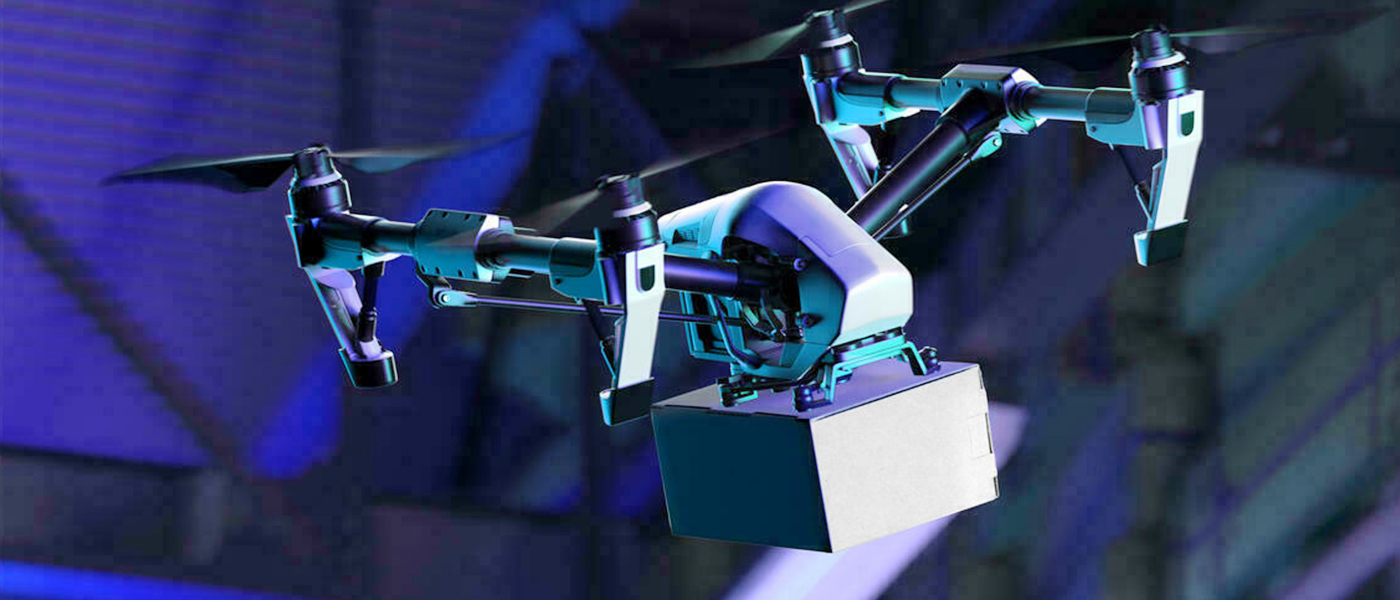

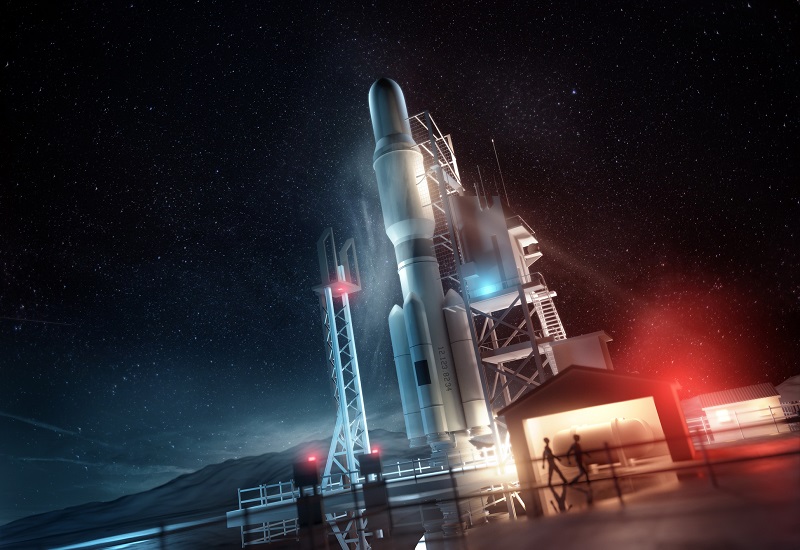
Successfully launched and operational small satellite constellations have brought in new business models and attracted numerous stakeholders in this landscape. Explore how advancement in technology has allowed the miniaturization of satellites, unique solutions and the challenges involved.
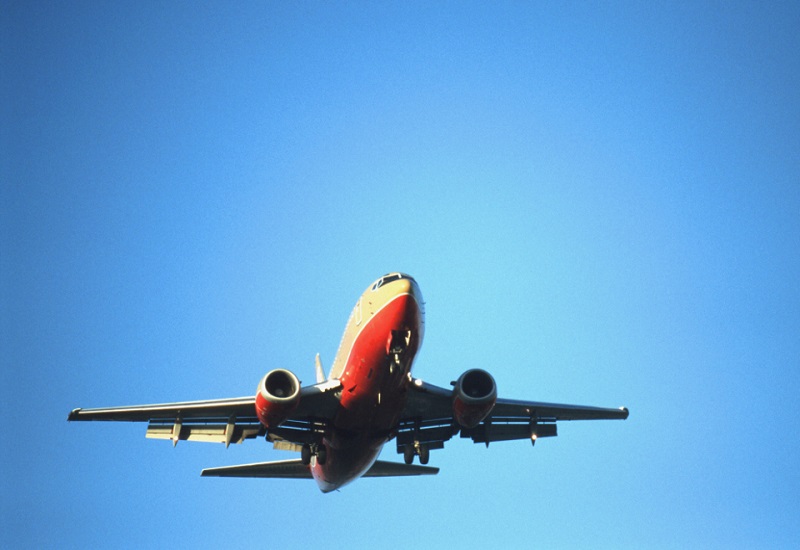
ATM is a critical part of the aviation operational structure. As the aviation sector transforms, look at why all stakeholders should embrace technology to achieve maximum air system capacity, ways to increase efficiency and the challenges that will affect decision-making.
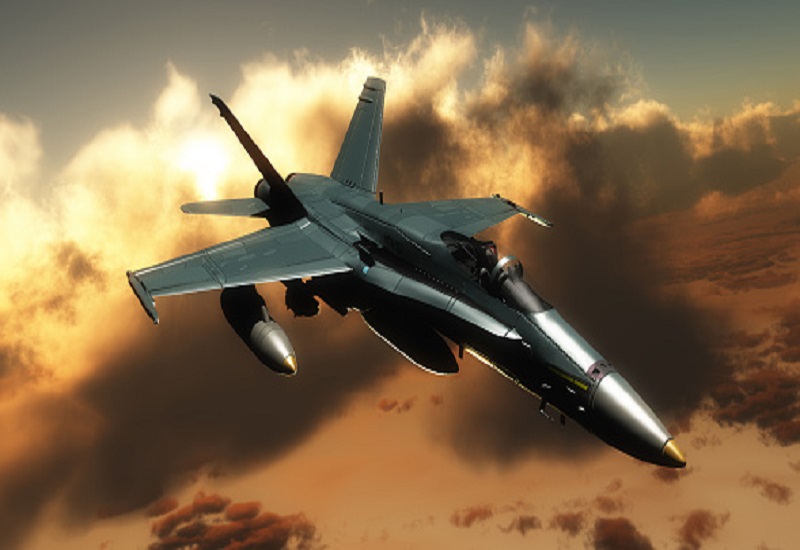
New "green" government policies and the need to enhance capabilities push defense operators to new power sources and energization mechanisms. On what aspects of energization are military establishments focusing? What are the key growth opportunities for companies?

Due to the global pandemic, we are living in unprecedented times. This pandemic has proven to be the ultimate iconoclasm across industries. Everything is on the anvil, from business attire to face-to-face meetings to the need to have a permanent office. Sustainable energy is no different. When the pandemic set in and oil prices plummeted, the most common belief was that the investments in sustainable energy will slow down, the new wave of electrification in automotive will subside and we will turn the clock back on the climate agenda.
Prolonged lockdowns in several countries turned out to be an unprecedented social experiment. When the transport and industrial emissions stopped, urban air quality drastically improved in a matter of days. That underlined the harmful effects of the emissions.
Schedule a dialog or email us at myfrost@frost.com to connect with an industry expert at no charge. We are taking unprecedented action to make our team available to help you cut through the media and politics to get factual one-to-one guidance for the issues and opportunities that matter most to your business.
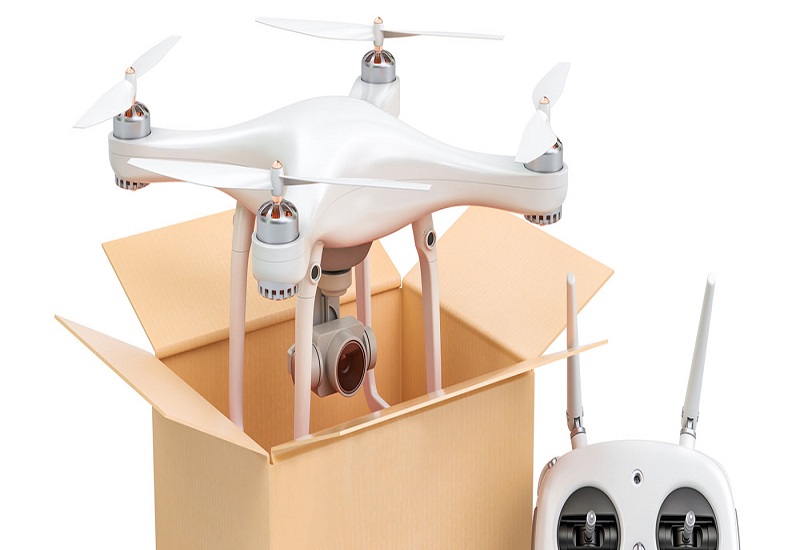

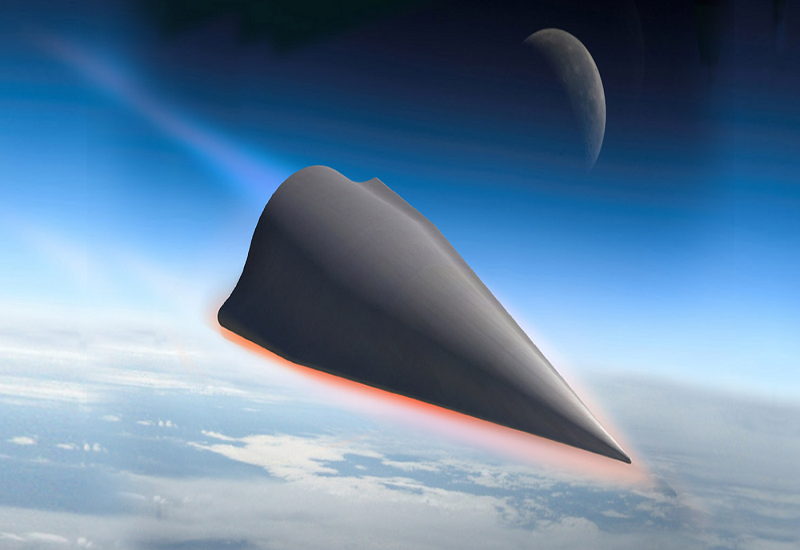

Privatisation & Geopolitical Situation Powering the Indian Defense Sector
Read more Request Info
Process Automation Drives Growth for Airport Baggage Handling
Read more Request Info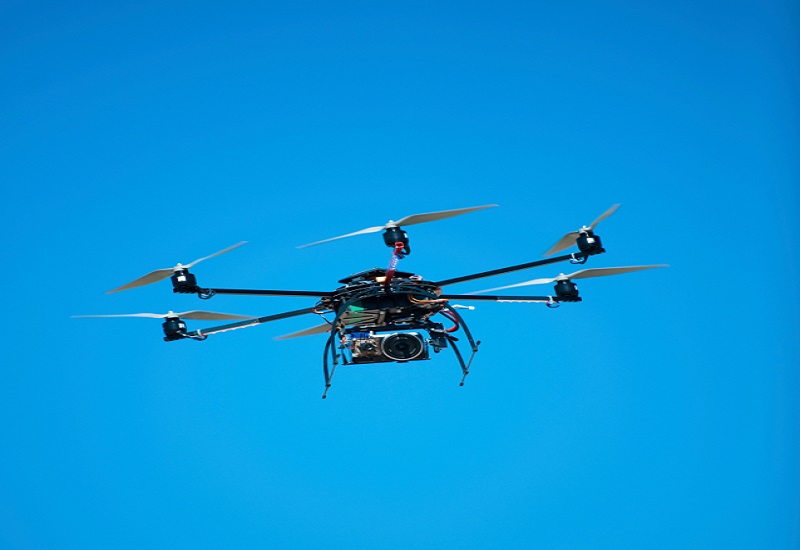
Autonomous Drones Accelerate the Growth of Drone-in-a-Box Solutions
Read more Request Info

What is Total Airport Management (TAM) – a concept, a collaboration, a product? It’s a question many industry stakeholders are actively debating to better understand the value proposition and the business models – what to monetize and how?
Read more
Throughout the intensive 11-day campaign, rockets continued to be fired at Israeli territory, and while the Israeli Air Force (IAF) inflicted heavy damage in return, it failed to fully eliminate its adversary’s rocket launchers or rocket stockpiles. Nevertheless, the Israeli campaign—Operation “Guardian of the Walls”—was marked by significant achievements in the field.
Read more
The increased geopolitical uncertainty and threat scenario have resulted in nations spending more on their defence preparedness. SIPRI reported defence spending at USD 1.98 billion in 2020, which is 2.6% above that of 2019. The increase has come even with a significant slowdown of the global economy, in addition to trillions of dollars being pumped for fiscal stimulus and healthcare measures.
Read more
Frost & Sullivan’s recent analysis, Global Commercial UAS Outlook, 2021, finds that autonomy and artificial intelligence (AI) promote commercial unmanned aerial system (UAS) adoption and associated market growth globally. Autonomous flight reduces workforce costs, whereas AI-driven data collection and processing shorten the time it takes to produce results, directly impacting decision-making.
COVID-19 has compelled consumers to interact more with technology and has impacted the way we work, make purchases, and spend our free time. It has also irrevocably changed the workplace dynamic. For team building and maintaining professional connections, digital collaboration has proved more crucial than ever. As workplaces become remote and transition toward becoming automation-dependent, upgrading digital skills is necessary to close the digital divide and prepare for future labor market needs.
Frost & Sullivan’s recent analysis on hypersonic technology development within the United States finds that the ownership of hypersonic missiles by US adversary world powers is accelerating the nation’s expansion efforts of advanced hypersonic defense weapons. Since 2016, spending on hypersonic capability by the US Department of Defense (DoD) has risen ten-fold, from $350 million to $3.8 billion in 2020. By 2025, it is estimated to drop to $2.82 billion, with the Air Force and Navy leading the way in investments, followed by the Army.
Read more